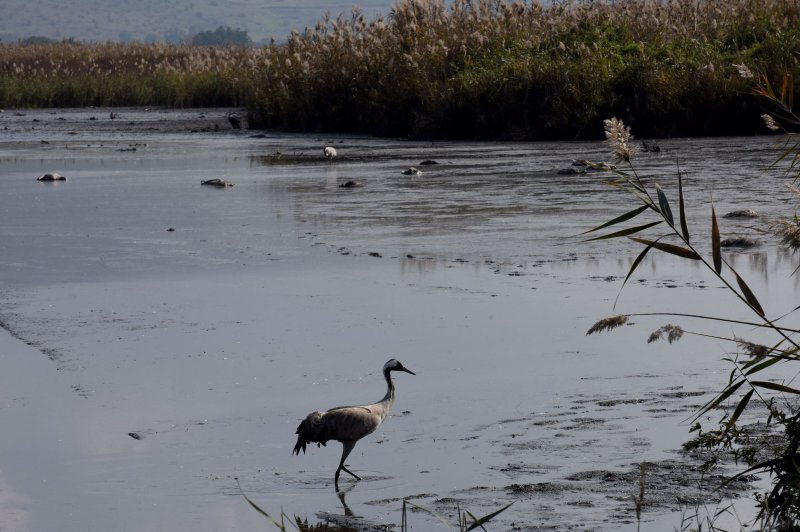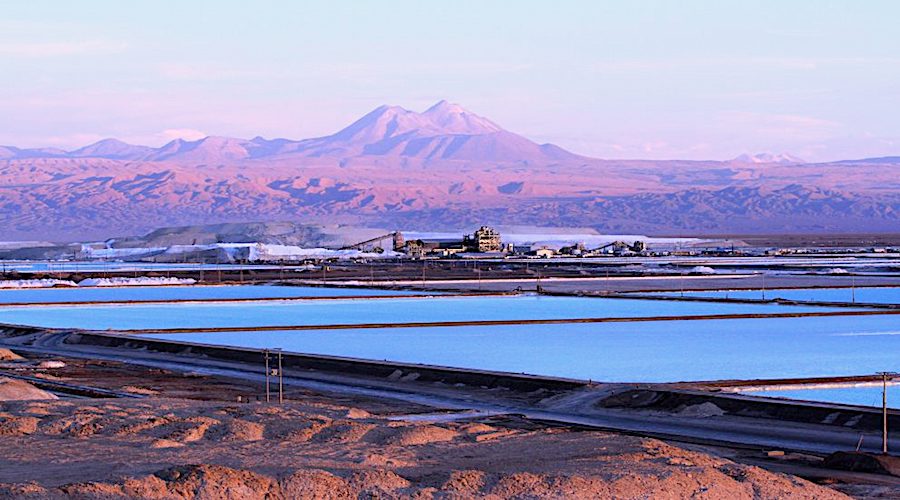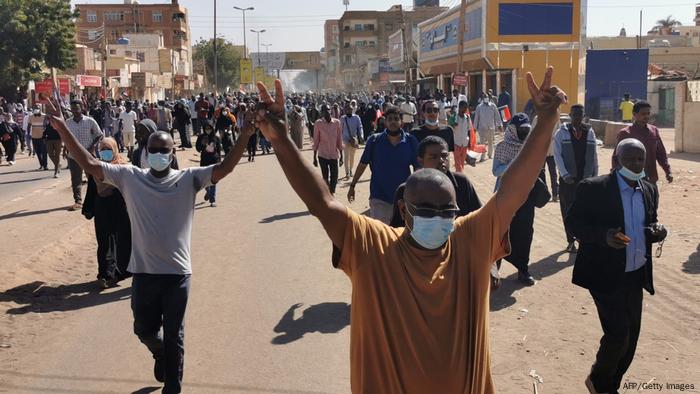His ambitious, long-running project in Brazil explored the impact of deforestation on animals and plants — and how to deal with it.

By Richard Sandomir
Dec. 28, 2021
Thomas Lovejoy, a prominent biologist for major conservation groups who spent decades on an expansive, ongoing project in Brazil to preserve the Amazon rain forest, died on Saturday at his home in McLean, Va. He was 80.
The cause was pancreatic neuroendocrine tumors, his daughter Elizabeth Lovejoy said.
Dr. Lovejoy “was a historic figure,” said Russell Mittermeier, the chief conservation officer of Re:wild, a conservation organization.
“He really put the Amazon, and in particular Amazonia, on the international conservation map,” Dr. Mittermeier added, referring to the vast area of rain forests on South America. “When the whole conservation business started in the ’60s and ’70s, there was little focus on South America. But Tom changed that.”
Dr. Lovejoy’s field research in the Amazon was the centerpiece of a broad career dedicated to ecology. He invented “debt for nature” swaps, which let countries trade forgiveness of a portion of their foreign debt for their investments in conservation. He published an early projection of extinction rates, was a creator of the public television series “Nature” and popularized the term “biological diversity,” later shortened to biodiversity.

Dr. Lovejoy long ago called for the preservation of biologically diverse ecosystems that store carbon to help fight climate change, but deforestation has continued to erode Amazonian rain forests. In an essay last month in The New York Times, he and John Reid, an economist who helps Indigenous peoples protect their territories, wrote: “Forests continue to disappear — cut and burned into ever smaller patches. This failure challenges all of our climate efforts because unless forests remain standing, the world will never contain global warming.”
Dr. Lovejoy spent more than 40 years on his ecological work in the Amazon. Since 1979, his Biological Dynamics of Forest Fragments Project has tested whether birds, mammals, insects and trees survive in patches of rain forest cut off by roads, development or agriculture. Dr. Lovejoy and his team documented the species in parcels ranging in size from one to 100 hectares near Manaus, Brazil, to see if they could survive being cut off from intact larger forests, and what happens to those exposed to heat on the perimeters of the land.
Some rodents, certain frogs and light-loving butterflies were found to have survived well in the fragments but mammals and some birds with large ranges suffered, according to an article in 2011 in Mongabay, a nonprofit environmental science and conservation news website.
“Fragments lose up to 30 percent of their biomass, essentially forever, because of the vulnerability of big trees to windthrow,” Dr. Lovejoy told Mongabay, referring to the felling or breaking of trees by wind. He added, “Hundred-hectare fragments lose half of the forest interior bird species in less than 15 years.”

Dr. Lovejoy set up a research facility, Camp 41, near Manaus, for scientists attracted by the allure of the immense tropical wilderness. Its tin-roofed structures are the base not only for working ecologists but also for the prominent people Dr. Lovejoy invited to witness the deforestation and to recruit as potential allies in preservation. They included donors, politicians (Senators John Heinz, Tim Wirth and Bill Bradley), celebrities (Tom Cruise, Olivia Newton-John and the novelist Peter Benchley) and media elite (the newsmen Tom Brokaw, Ben Bradlee and Walter Cronkite).
“We went to his site, clambered over miles of tree trunks, spent time in the forest with jaguars, ate dry cheese and water for dinner and slept in hammocks,” Paul R. Ehrlich, professor emeritus of population studies at Stanford University and the author of “The Population Bomb” (1968), said in a phone interview.
In a statement after Dr. Lovejoy’s death, Mr. Wirth recalled exploring the rain forest by day and sleeping to “the sounds of howler monkeys and the snoring of Al Gore, Jack Heinz, Ben Bradlee and Peter Benchley, packed together side by side, bumping up against each other in swinging hammocks.”
Dr. Lovejoy was known as a charming host and created a congenial atmosphere for his guests in the Amazon, but his intentions were deadly serious. If more deforestation occurs, the impact on the rain forest’s hydrological cycle — and the planet — would be dire, he warned.
“It’s really part of the continental climate system,” he told The Christian Science Monitor in 2018. “And that’s not a very sensible thing to mess around with.”

Thomas Eugene Lovejoy III was born on Aug. 22, 1941, in Manhattan. His father, Thomas Jr., was the president of the Manhattan Life Insurance Company (as was his grandfather, who in 1912 led a group that acquired control of it), and his mother, Jeanne (Gillette) Lovejoy, was a homemaker. (As an adult, Dr. Lovejoy would serve as a director and chairman of Manhattan Life.)
An only child, he loved the outdoors and reading (his family did not have a television). He attended the Millbrook School in Dutchess County, N.Y., about 90 miles north of Manhattan, because it had a zoo that nurtured what he called the “beautiful and intellectual attraction” of living things.
He studied biology at Yale, where he was a zoological assistant at the Peabody Museum of Natural History. He took a year off to study in the Nile River region of Nubia, and graduated with a bachelor’s degree in 1964. While working toward his Ph.D in biology at Yale, he spent a summer studying migratory birds in the Amazon; his dissertation was on the diversity of birds in the rain forest.
Remembering Hank Aaron, Colin Powell, Stephen Sondheim, Beverly Cleary, DMX, Cicely Tyson, Larry King, Olympia Dukakis, Chuck Close, Michael K. Williams, Bob Dole, Janet Malcolm and many others who died this year.
“The Amazon basin at the time was a mostly trackless virgin forest,” Dr. Lovejoy said in an interview in 2012 when he received the Blue Planet Prize from the Asahi Glass Foundation for his environmental research. “It was like a dream world for any biologist because there was only one road in the entire area, which had a population of three million.”
Much of his research in the Amazon occurred while he held positions at four organizations, all of which understood that he would need time for his research and would not be a full-time employee. He spent 14 years at the World Wildlife Fund in the United States (he was its 13th employee), rising to executive vice president from 1985 to 1987, and was the assistant secretary for environmental and external affairs at the Smithsonian Institution from 1987 to 1994. He was a senior scientist when he left the Smithsonian in 2001.

At the World Bank, he was the chief biodiversity officer from 1999 to 2002. At the H. John Heinz III Center for Science, Economics and the Environment, he was president and, later, the biodiversity chair, from 2002 to 2013.
During his time at the World Wildlife Fund, he wrote a section of a report commissioned by President Jimmy Carter — “Global 2000: Entering the 21st Century,” released in 1980 — in which he projected that 20 percent of all species on earth would be extinct by 2020.
“Hundreds of thousands of species,” he wrote, “will be irretrievably lost as their habitats vanish, especially in tropical forests.” Looking back 32 years later in the Blue Planet interview, he said, “My projection was not far from the mark.”
He later wrote two papers using a new term: “biological diversity.”
In 1984, he proposed the debt-for-nature swaps as a mechanism to keep developing countries from having to slash their conservation budgets to pay off debt. Such swaps, he wrote in an opinion column for The Times, “would be far more than a disinterested handout to mendicants: Left untouched, the environmental problems of the third world inevitably will touch our lives by generating social and political unrest.”
In addition to his field research and executive positions, Dr. Lovejoy served on scientific advisory councils in the administrations of Presidents Ronald Reagan, George H.W. Bush and Bill Clinton. In 2010, he became a professor in George Mason University’s department of environmental science and policy, teaching a course in the challenge of biodiversity.
In addition to his daughter Elizabeth, known as Betsy, he is survived by two other daughters, Katherine Petty and Anne Jenkins, and six grandchildren. His marriage to Charlotte Seymour ended in divorce.
Camp 41 was not the only site that Dr. Lovejoy used to bring disparate people together; he also hosted them at his home in McLean, a log cabin called Drover’s Rest, for dinners and fine wine.
“There was always an element of a higher purpose” at such gatherings, said Jane Lubchenco, a marine ecologist who is deputy director for climate and environment in the White House’s office of science and technology policy. “He brought people together to build connections in a way that might lead to more conservation action.”

Richard Sandomir is an obituaries writer. He previously wrote about sports media and sports business. He is also the author of several books, including “The Pride of the Yankees: Lou Gehrig, Gary Cooper and the Making of a Classic.” @RichSandomir
A version of this article appears in print on Dec. 30, 2021, Section B, Page 10 of the New York edition with the







 ©
©







 Main developments in Sudan since the October coup. Photo: AFP / Gal ROMA
Main developments in Sudan since the October coup. Photo: AFP / Gal ROMA




